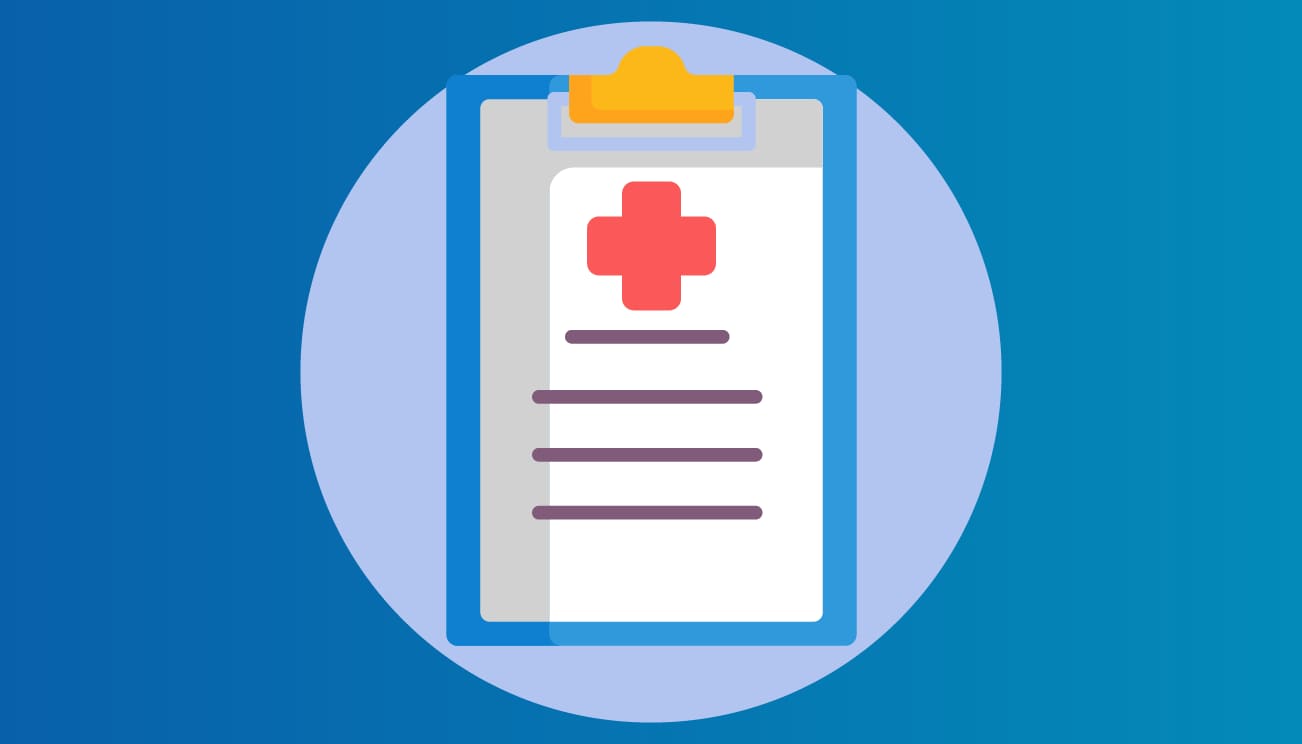What to know
Mortality data can provide insights into public health, including early awareness of unexpected rises in causes of death. This supports policymakers and public health professionals as we work together to protect our communities. CDC has enabled automated solutions to allow sites to share mortality data with NSSP through the BioSense Platform.

Harnessing the analytic power of ESSENCE
Public health sites are encouraged to set up automated mortality data feeds into the BioSense Platform. This is an easy process with many benefits. Sharing mortality data with NSSP allows public health professionals to access the information through ESSENCE1, which allows for:
- Advanced analytics and visualization
- Grouping community health data all in one place
- Easier sharing with other jurisdictions
This supports timely, robust analysis and response to public health threats and events of concern. It also helps eliminate data siloes.
Sharing mortality data through the BioSense Platform benefits CDC as well. We can access this information in near real-time, giving us a better picture of the health of our nation.
Getting started
How it works
Mortality data is integrated into NSSP from STEVE, the State and Territorial Exchange of Vital Events system. The National Association for Public Health Statistics and Information Systems (NAPHSIS) designed STEVE as a public health service to facilitate secure exchange of vital statistics data. STEVE can route data securely, quickly, and without manual intervention from health department vital records systems to the National Vital Statistics System and to partnering systems such as NSSP.
Once a site gives NSSP access to pull their data from STEVE, an automated feed can be turned on to route data into the BioSense Platform. These data will be available to sites through ESSENCE.
The routing process is illustrated in our simplified overview diagram, which shows the preferred flow for mortality data.

Onboarding steps and timeline
NSSP's onboarding procedures have been developed and streamlined to minimize the level of effort needed by a site. See the NSSP Onboarding Data Workflow diagram for mortality data below:

The timeline will vary depending on site readiness, data feed connection, and issues identified during onboarding. Established sites can request additional and ongoing assistance by submitting a ticket to the NSSP Service Desk.
- If no data quality issues are identified, the site will usually be approved within one to two business days.
- If data quality issues are identified or site prioritization is a concern, approval for production can take about two weeks. On average, two weeks are needed for the NSSP onboarding team to communicate issues to the site administrator and for the site administrator either to resolve or respond to each problem.
FAQs
There is no cost to the site to send or access mortality data in the BioSense Platform.
No. If your site submits mortality data to State and Territorial Exchange of Vital Events (STEVE), an application programming interface (API) can transport data automatically, securely, and electronically to the NSSP mailbox.
- For additional transport questions, please contact the NSSP mailbox: [email protected].
- For technical assistance with STEVE, please contact the National Association for Public Health Statistics and Information Systems (NAPHSIS): [email protected].
Site (jurisdictional) data user view
The Access & Management Center (AMC) lets public health jurisdictions control data being shared, identify users with access, and specify timeframe for sharing data. The AMC enables site-based data governance. In other words, data access is managed by the jurisdiction rather than CDC.
For more information about the AMC, see the BioSense Platform User Manual for the Access & Management Center.
Federal data user view
Access rules for mortality data will follow the same data use policies used for emergency department data. CDC's Division of Health Informatics and Surveillance (DHIS) and the CDC contractors supporting the BioSense Platform have access to each jurisdiction's data for routine operational and data quality support.
In the future, CDC staff outside of DHIS will be able to apply to the CDC NSSP program lead to access data at the national and U.S. Department of Health and Human Services (HHS) Regional levels, as they do for emergency department data. However, data access at the HHS Regional level will be contingent upon additional jurisdictions joining NSSP. Currently, several sites are still in the onboarding process and, as a result, HHS Regions are incomplete.
No. If your site submits mortality data to State and Territorial Exchange of Vital Events (STEVE), an application programming interface (API) can transport data automatically, securely, and electronically to the NSSP mailbox.
- For additional transport questions, please contact the NSSP mailbox: [email protected].
- For technical assistance with STEVE, please contact the National Association for Public Health Statistics and Information Systems (NAPHSIS): [email protected].
Site administrators are primarily responsible for ensuring the mortality data meet and maintain the NSSP production data quality metrics for their site. A best practice is a shared, collaborative responsibility between the site administrator and mortality data liaison.
Mortality data have e-VITAL standards for information entered on the death certificate, including electronic death certificates, so they are expected to have moderately high data quality.
Vital statistics data may have different data-sharing rules and regulations across jurisdictions. Site administrators can speak to their Office of Vital Statistics for more information. Additional assistance for connecting across communities is available by contacting NAPHSIS at [email protected] or the Council of State and Territorial Epidemiologists (CSTE) at [email protected].
There is no requirement that the mortality data meet the HL7® FHIR®2 standards to be onboarded at this time.
- ESSENCE (Electronic Surveillance System for the Early Notification of Community-based Epidemics) is the National Syndromic Surveillance Program's secure, web-based tool to operationalize the public health surveillance workflow. ESSENCE allows analysts, epidemiologists, and others across all levels of public health to collaborate, investigate changes in trends, and to analyze, visualize and share data.
- HL7® and FHIR® are the registered trademarks of Health Level Seven International, and their use of these trademarks does not constitute an endorsement by HL7.
